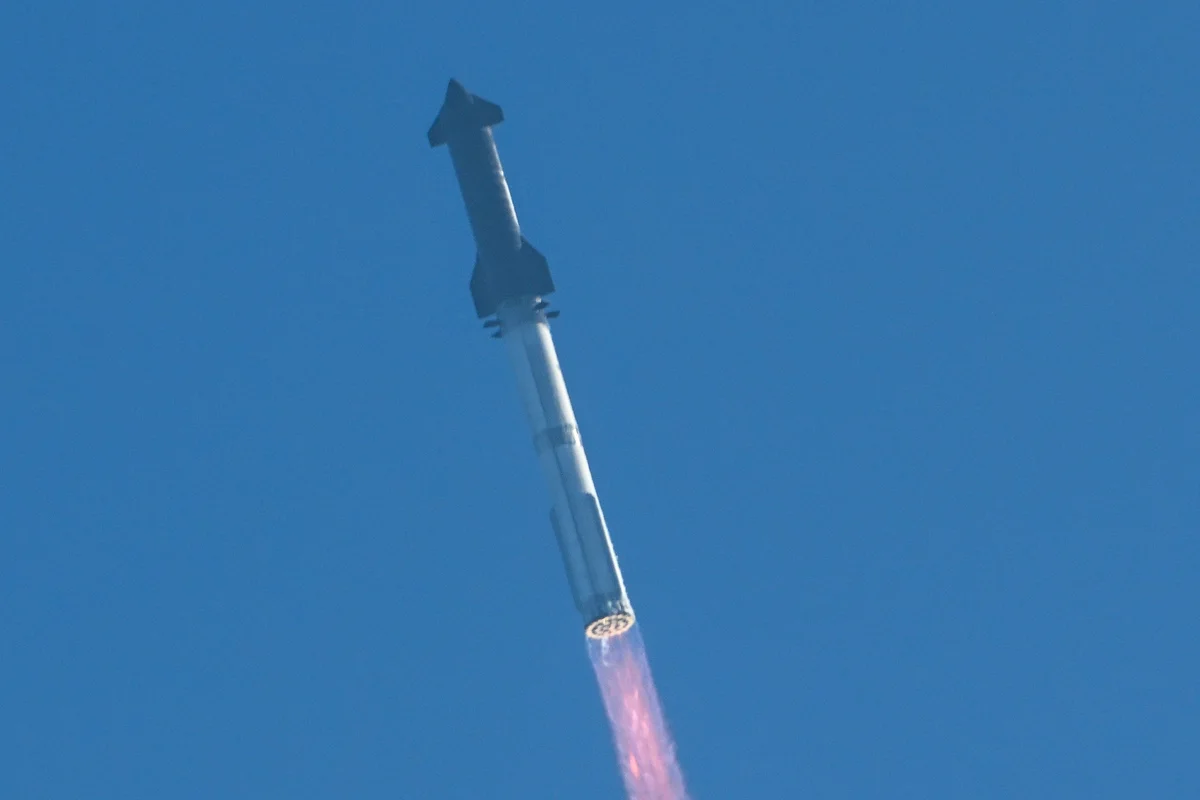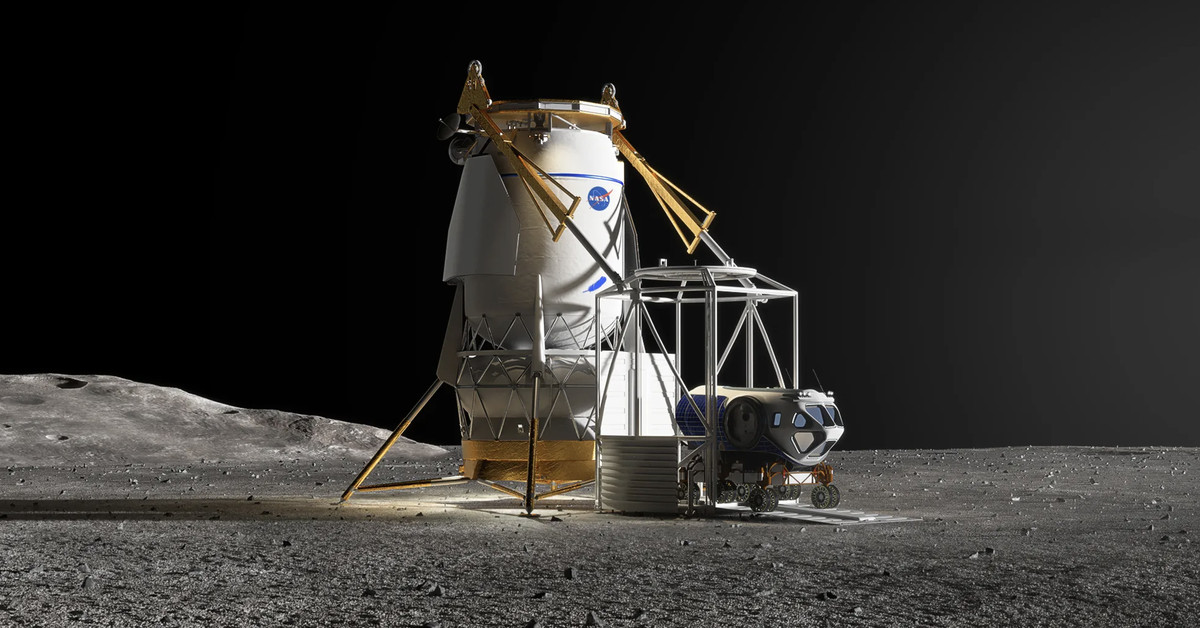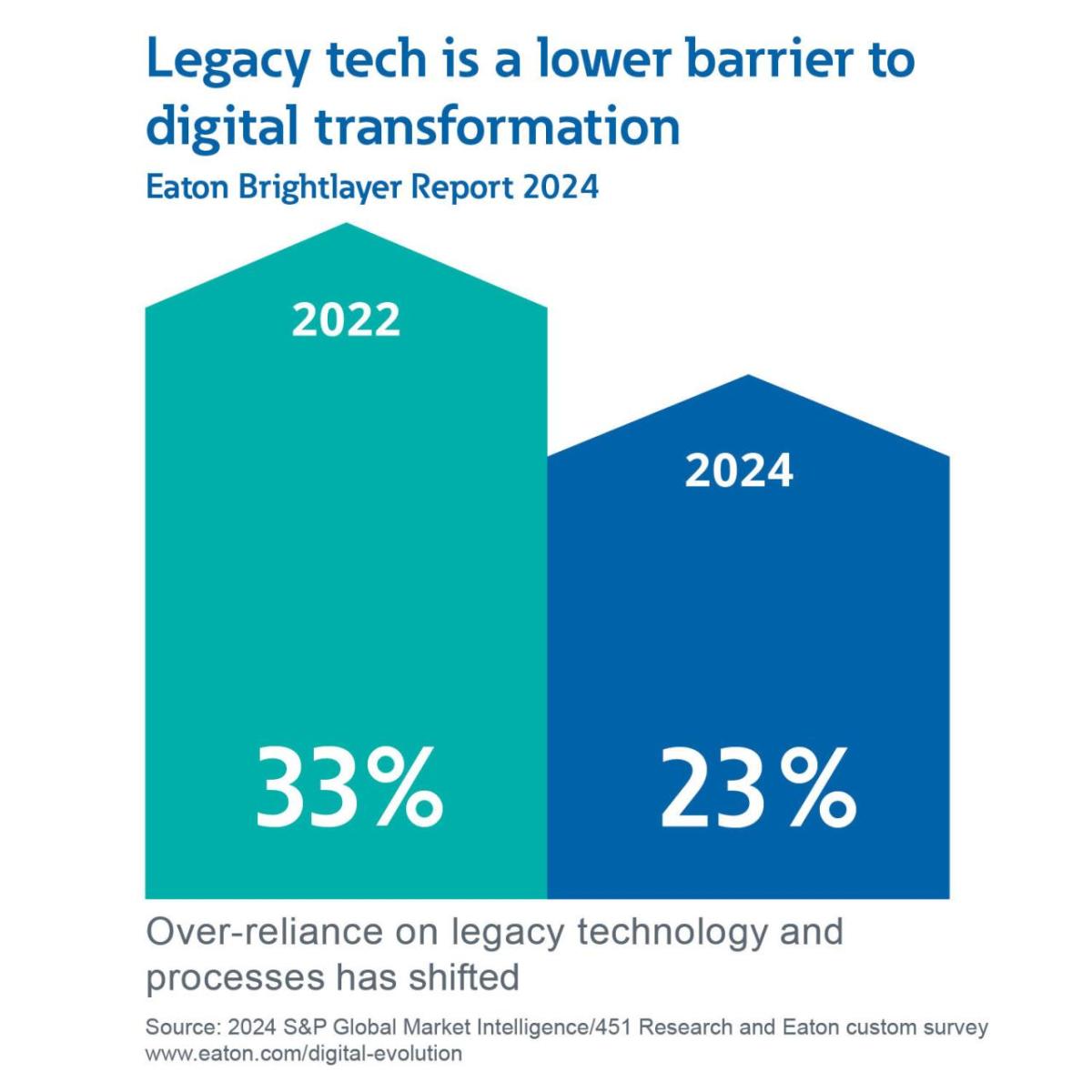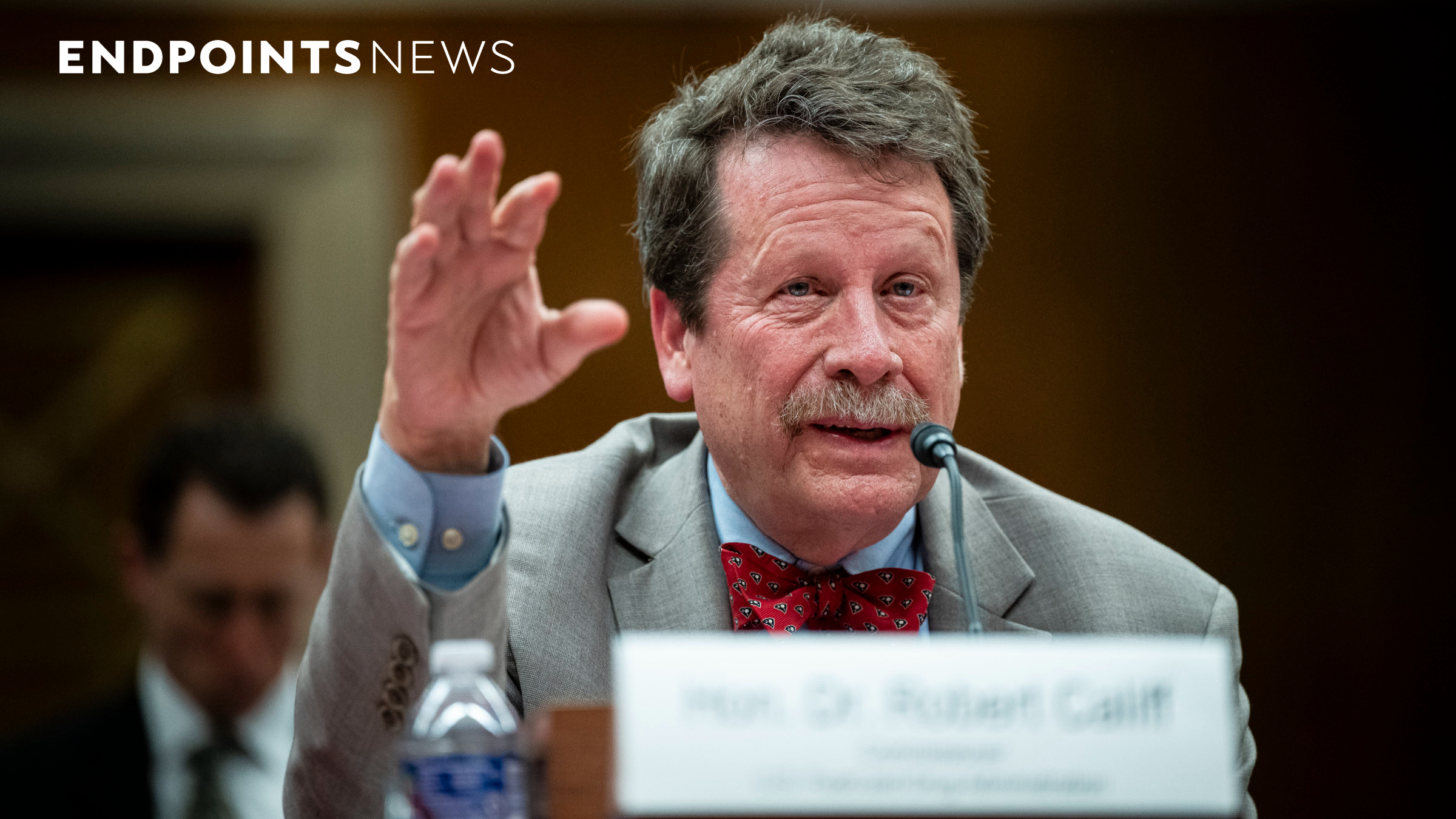Aida Daily: Nvidia's AI Surge / Ford's Job Cuts / SpaceX's Starship Milestones
Aida Daily
Hello, curious minds! Dive into today’s cosmic and corporate conundrums: Nvidia’s profit parade, Ford’s job jigsaw, SpaceX’s splashy surprises, and AI’s classroom crusade. Can tech giants and celestial missions stay on track? Let’s find out!
Nvidia's Earnings: AI Titan Eyes $61B Profit Amid Bubble Buzz

Nvidia’s stock surged over 4% as it gears up for its Q3 earnings report on November 20, 2024. With a staggering 196% YTD increase and a market cap nearing $4 trillion, the AI powerhouse is expected to report revenues up 80% to $32.8 billion and profits soaring past $61 billion. Holding 80% of the AI accelerator market, Nvidia’s dominance fuels both investor excitement and bubble concerns. Analysts are also watching U.S. sales restrictions to China for potential impacts. Can Nvidia maintain its record-breaking streak or will the AI hype face a reality check?
Ford Slashes 4,000 Jobs in Europe Amid EV Turbulence

Ford Motor Co. is trimming 4,000 jobs in Europe and the UK by late 2027, shaking up 14% of its European workforce. The cuts hit hardest in Germany and the UK as Ford battles fierce competition from firms like China’s BYD and grapples with a 15.3% sales drop this year.
Despite the bumpy EV road, Ford remains Europe-focused, planning to roll out more affordable electric vehicles and boost its commercial lineup. They're also waving for government support to navigate the “highly disruptive” EV landscape with a mix of resilience and hope.
Starship Flight 6: Milestones Amid Splashdown

On November 19, 2024, SpaceX's Starship embarked on its sixth test flight from Starbase, Texas. While the Super Heavy booster opted for a Gulf of Mexico splashdown instead of a chopstick catch due to flight data hiccups, the mission achieved significant milestones: deploying its first payload, executing an in-space Raptor engine relight, and testing new heat shield materials under daylight. With ambitions to ramp up launches and target Moon and Mars missions by 2026, SpaceX demonstrates resilience and relentless progress—even when boosters take an unexpected dip.
NASA Teams Up with SpaceX & Blue Origin for Artemis Moon Cargo

NASA's Artemis missions are accelerating lunar exploration with SpaceX delivering a pressurized rover by 2032 and Blue Origin supplying a lunar habitat by 2033. These mighty cargo landers can haul up to 15 metric tons, ensuring a steady flow of Moon missions. Contracts kicked off in November 2023, with proposals expected in early 2025. Partnering with JAXA, NASA’s lunar endeavors are paving the way for Mars, proving teamwork really does move us – to the Moon!
Solar Orbiter’s Sunniest Snapshot Yet

On March 22, 2023, ESA and NASA's Solar Orbiter zoomed to 74 million km from the Sun, capturing the highest-resolution images ever with over 83 million pixels. Armed with the PHI and EUI instruments, it unveiled intricate sunspots and plasma dances on the photosphere. As the Sun hits its 11-year peak, these stunning visuals are crucial for understanding magnetic fields and impending solar storms. Stay tuned—Solar Orbiter is gearing up to spy the Sun’s polar secrets!
JWST Discovers 'Red Monsters' Redefining Early Universe

NASA’s James Webb Telescope has unearthed three 'Red Monster' galaxies, each 12.8 billion years old and as massive as the Milky Way. These early giants form stars at nearly twice the expected rate, challenging current galaxy formation theories. Detected via JWST’s FRESCO survey, this revelation hints that our cosmological models may need a serious overhaul. Stay tuned as JWST and ALMA dive deeper into these cosmic enigmas!
Qualcomm Shifts Gears Beyond Smartphones

Qualcomm's Investor Day on November 19, 2024, jolted Wall Street as stocks dipped 7% following CEO Cristiano Amon's ambitious reveal to generate $22B annually from automotive and IoT by 2029. Targeting a $900B market by 2030, Qualcomm aims to diversify past slowing smartphone sales and heavy reliance on China. While AI partnerships with Amazon spark optimism, investor skepticism remains high, especially with rumors of losing Apple. Qualcomm bets big on innovation to regain confidence.
Viking Missions: Did We Accidentally Ghost Martian Life?

Astrobiologist Dirk Schulze-Makuch suggests NASA’s legendary Viking 1 and 2 missions (launched ’75, landed ’76) might have unintentionally killed Martian microbes by adding water to soil samples. He argues these experiments could have overwhelmed salt-adapted life, turning a quest for aliens into an early extinction event. As Mars missions gear up for 2025 and beyond, Dirk advocates a “follow the salts” strategy to dodge past blunders and better hunt for extraterrestrial life.
OpenAI & Common Sense Media Launch Free AI Course for K-12 Educators

In January, OpenAI and Common Sense Media rolled out the 'ChatGPT Foundations for K-12 Educators,' a free one-hour, nine-lesson course aimed at empowering teachers with AI tools. Piloted in nearly a dozen districts, a whopping 98% of participants found new strategies to boost their teaching. Covering essentials like data privacy and ethical AI use, the course is accessible without a ChatGPT Edu subscription. Despite 70% of students already using ChatGPT, some educators worry AI might do more harm than good. Will this initiative transform classrooms or face continued skepticism? Only time will tell!
Eaton Study: Companies Ditching Legacy Tech for AI

Eaton's latest 2024 study reveals businesses are shedding outdated technologies faster than you can say 'artificial intelligence.' The view of legacy systems as digitalization roadblocks plummeted from 33% in 2022 to 23% in 2024. Data centers lead the charge with 42.3% upgrading facilities, while 66% of manufacturers harness AI for decarbonization. With 78% eyeing private wireless networks, it’s clear the digital future is bright—and sustainable. Who knew modernization could be so green?
FDA Takes on Generative AI in Healthcare

The FDA's Digital Health Advisory Committee held its first meeting on November 20-21, 2024 in Gaithersburg, MD, streamed live online. Led by Commissioner Robert Califf, the nine-member panel debated regulating generative AI in medical devices, focusing on lifecycle evaluations and risk management.
Industry input was gathered, and the public docket is open until January 21, 2025. With AI-generated clinical notes approved 85% by providers, the FDA's moves could revolutionize digital health oversight—exciting times ahead!
Naujienlaiškis „Aida Daily“
Your AI-curated daily news briefing, spotlighting the latest in technology and global development. Stay informed with insights that matter.